IN-1 vs IN-3 Nixies
Aug 21, 2015 Filed in:
Nixies | ElectronicsI was using
IN-3s for the colons on the nixie clock because I thought that was all that was available as a single bulb for use as a colon. I didn’t like the fact that they appeared to be made to be viewed from the front, not the top. I don’t like all that extra glass on top.
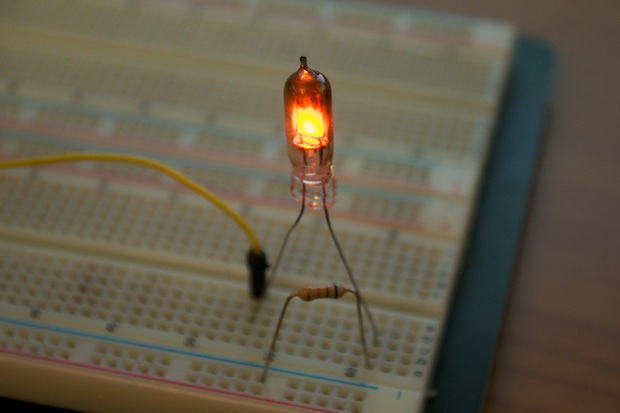
I did a little searching and found that there’s an IN-1, and it's made to be viewed from the top. I got my hands on 20 of them for $10 bucks.
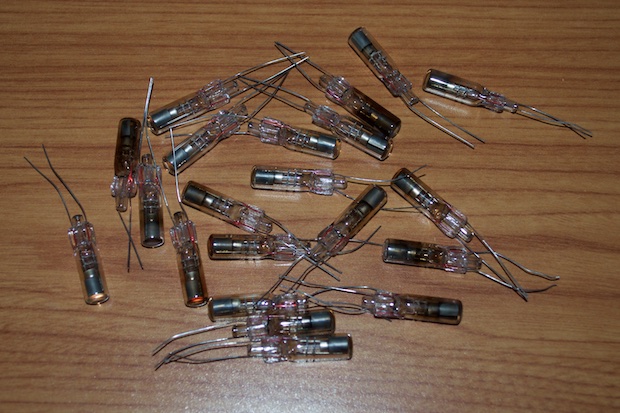
Here's a side-by-side comparison of the IN-1 vs the IN-3. The IN-1 is just a better looking nixie.
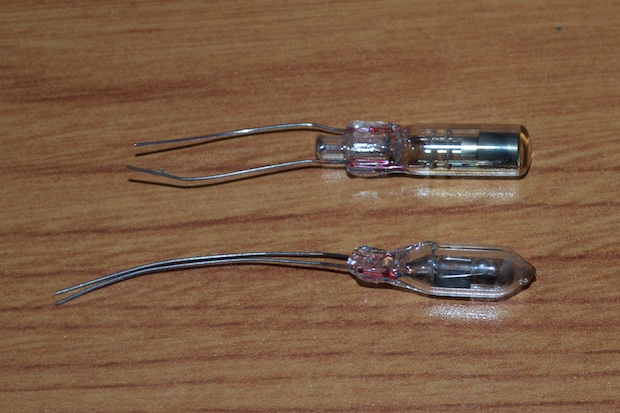
There's something very "HAL" about the IN-1. It looks awesome.

It makes for a much better "viewed from the top" colon.
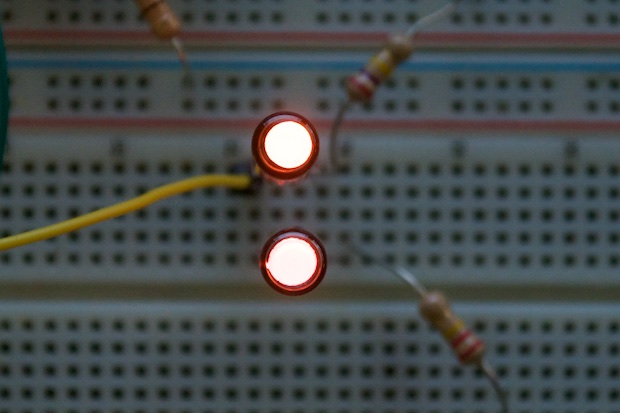
Here's a side-by-side comparison. The IN-3 is much better suited for displays that are viewed from the side. If I'm going make a clock with the likes of an IN-14, I'll need to use the IN-3s. For a clock with IN-12s, the IN-1 is the better choice.

See, the IN-3 looks horrible when viewed from the top. What a difference the IN-1 makes.
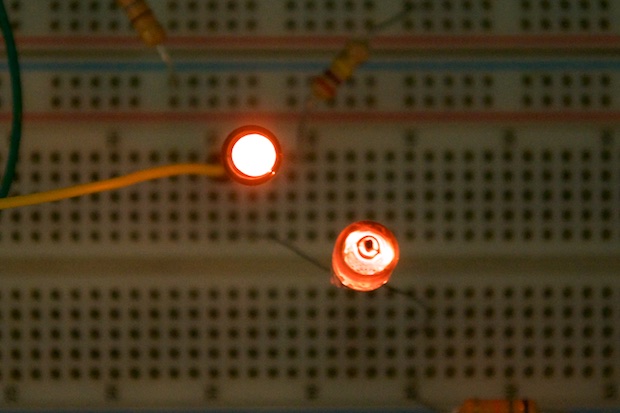
The striking voltage for the IN-1 is between 65V and 90V with a current draw of .5mA, unlike the IN-3 with 55-90 and .2mA. If I swap out the IN-3s in my
nixie clock, I'll have to change the resistors to 220K. No big deal.








